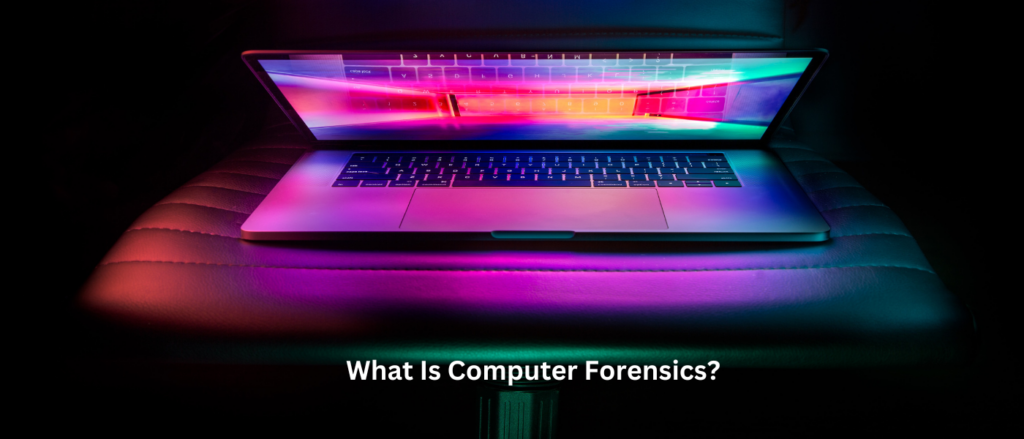Building a Cyber Secure Remote Company in 2024: Strategies and Frameworks for Success
While some businesses are making the move back to the office others are still fully embracing the remote working world and the benefits that come with it. With the shift in remote working patterns we also see shifts in the Cyber Security needed for businesses to ensure a safe and resilient remote work environment. With a new year comes new threats so if you are running or building a remote workforce in 2024 you need to understand how to protect from growing threats that come from working remotely.
In this article, we will explore strategies and frameworks that business owners can follow to secure their employees and the most critical data in a world where remote work is the norm.
Understanding the threat:
The most common threats businesses face today are phishing attacks, ransomware, and supply chain attacks.
Phishing attacks are fraudulent attempts to obtain sensitive information such as usernames, passwords, and credit card details by disguising as a trustworthy entity in electronic communication. Ransomware is a type of malware that encrypts the victim’s data and demands payment in exchange for the decryption key. Supply chain attacks are cyber attacks that target the weakest link in the supply chain to gain access to the ultimate target.
In 2024, it is predicted that cyber attacks will become more sophisticated and frequent, with a greater focus on supply chain attacks. The NCSC has also warned that cyber criminals are likely to use artificial intelligence (AI) and machine learning (ML) to launch more targeted and effective attacks. The NCSC Annual Review for 2023 gives more detail on the development of Cyber Threats throughout the last year.
Implement a Zero Trust Security Model:
The traditional security model, which relies heavily on perimeter defences, is no longer sufficient. In a remote work environment, a Zero Trust model is essential. This approach assumes that no user, device, or network can be trusted implicitly. Every user and device, regardless of their location, must authenticate and validate their identity continuously.
Action Steps:
- Enforce strong multi-factor authentication for all access points.
- Regularly audit and update user access privileges based on job roles and responsibilities.
- Implement micro-segmentation to isolate and secure critical data.
Secure Remote Access:
With employees accessing company resources from various locations, securing remote access is a top priority. Virtual Private Networks (VPNs) alone are not enough; businesses need to adopt modern solutions for secure remote access.
Action Steps:
- Utilise a secure, cloud-based Virtual Desktop Infrastructure (VDI).
- Implement a Secure Access Service Edge (SASE) solution for comprehensive security.
- Regularly update and patch all remote access software to address vulnerabilities
Employee Training and Education:
Human error is a significant factor in cyber incidents. Educating employees on cyber threats, best practices, and the importance of security is crucial.
Action Steps:
- Conduct regular cyber security training sessions for all employees.
- Simulate phishing attacks to test and improve employees’ ability to identify threats.
- Establish clear guidelines for reporting security incidents promptly.
Endpoint Security:
Securing endpoints, including laptops, tablets, and smartphones, is vital in a remote work setting.
Action Steps:
- Install robust antivirus and anti-malware software on all devices.
- Implement device encryption and enforce strong password policies.
- Regularly update and patch operating systems and software to address vulnerabilities.
Data Encryption:
Protecting sensitive data is paramount. Encrypting data both in transit and at rest adds an extra layer of security.
Action Steps:
- Use end-to-end encryption for communication tools.
- Encrypt sensitive files and data stored on devices and in the cloud.
- Employ encryption technologies that comply with industry standards and regulations.
Continuous Monitoring and Incident Response:
Proactive monitoring and a well-defined incident response plan are critical components of a cyber secure remote company.
Action Steps:
- Implement Security Information and Event Management (SIEM) tools for real-time monitoring.
- Regularly conduct vulnerability assessments and penetration testing.
- Establish a clear incident response plan with defined roles and responsibilities.
Compliance with Regulatory Standards:
Ensure that your remote company complies with relevant cyber security regulations and standards. This is particularly important for businesses operating in multiple locations.
Action Steps:
- Stay informed about evolving regulatory requirements.
- Implement Cyber Essentials and ISO 27001 certifications especially if operating in the UK.
- Conduct regular compliance audits to identify and address potential issues.
- Implement a governance, risk management, and compliance (GRC) framework.
In conclusion, building a cyber secure remote company in 2024 requires a holistic approach that addresses technological, human, and regulatory aspects. By adopting a zero Trust model, securing remote access, prioritising employee training, focusing on endpoint security, implementing robust data encryption, continuous monitoring, and ensuring compliance with regulatory standards, businesses can create a resilient cyber security foundation for their remote workforce. Investing in cyber security is not just a safeguard; it’s a strategic imperative for long-term success. If you are working remotely or are planning to in 2024, speak to our team today to find out how we can support you.





